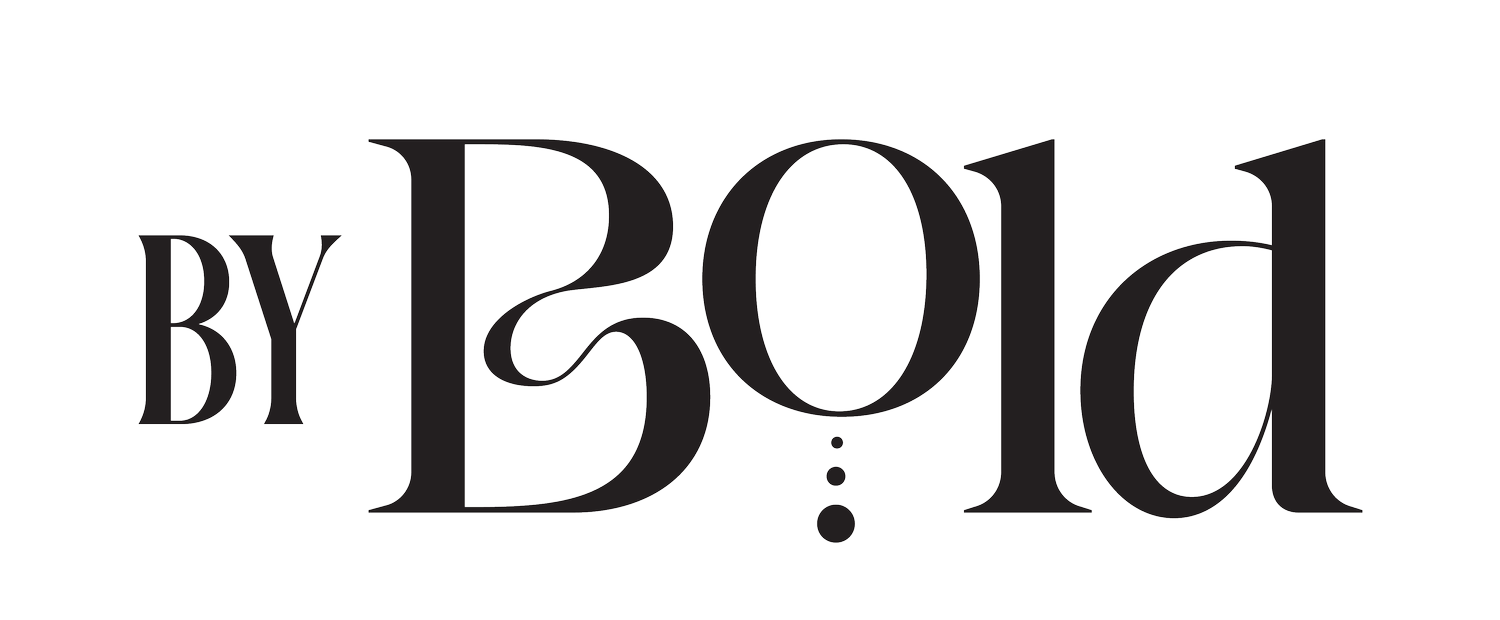Pinnacle Hotel at the Pier
Services: UI/UX Design
Timeline: 3 months
At a time of expansion for Pinnacle Hotels, with three LeMéridien properties joining the portfolio, there was a need to elevate the user experience and user interface of the Pinnacle Hotels websites to better align with customers expectations and position the brand as a leader in luxury hospitality. The website journey lacked clear, intuitive steps, taking the user to multiple external sites for different actions, such as meeting spaces, weddings, about, dining and Pinnacle Rewards Club. I worked alongside the marketing manager and the coding team to improve the user experience by designing a user interface that keeps the user in the site, with an intuitive process for every action. With this re-design, the business can position itself alongside leading luxury hospitality competitors.
Project Goals
Elevate brand perception by updating dated UI design.
Improve site navigation with intuitive design
Increase direct booking conversions
How might we inspire trust by elevating the user interface and user experience to compete with leading luxury hospitality brands?
Research
By examining leading competitor websites such as The Sheraton, Hilton, and Marriott Bonvoy, I identified key characteristics such as the number of pages in the booking journey, the design structure used to showcase rooms and amenities, the volume and placement of CTAs per page, and multiple rewards programs options.
I found that simpler, cleaner designs led to more efficient booking processes, as they focused on action without unnecessary distractions.
To complement this analysis, I conducted five user interviews, which ultimately determined a few characteristics and behaviours:
Multiple pop-ups and competing offers created distractions, making it difficult to focus on navigation or a single promotion.
Numerous external links redirected users away from the main site without clear context. For example, clicking on Meetings & Events led to meetpinnacle.ca, which confused most participants as they did not realize it was part of The Pier Hotel.
Users expressed reduced trust due to the dated interface design and room pricing presentation that did not align with their expectations of a luxury brand.
Process
Website audit: The first step was to analyze the current website content and work alongside the marketing manager to determine what we need or don’t need in order to clean up the website not only visually but also reduce steps for the user.
IA & Sitemap: Worked alongside the Marketing Manager to streamline website content, identifying opportunities to remove unnecessary elements and add valuable information."
Sketches: Developed initial rough sketches to visualize concepts and gain early approval during the preliminary phase.
Wireframes: Designed detailed wireframes in Figma to establish a clear user experience, making it easier for developers to understand the website’s structure and feasibility.
User testing (phase 1): Conducted internal testing with the team to ensure the user flow and interactions were intuitive.
Mid-fidelity prototypes: Created prototypes in Figma that closely represented the final design for developers.
User testing: Performed final user testing before stakeholder review and approval.


